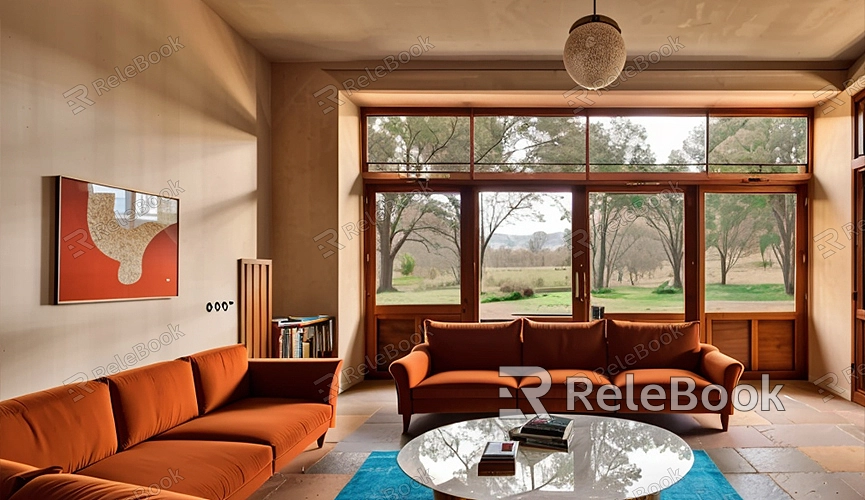How to Have Background in Blender Render
In the process of 3D modeling and rendering, adding an appropriate background significantly enhances the visual impact of your work. Blender, as a powerful open-source 3D modeling and rendering software, offers various methods to add backgrounds to your renders. This article will detail how to add backgrounds in Blender render, including solid color backgrounds, image backgrounds, and HDRI environment light backgrounds.

Setting Solid Color Background
A solid color background is the simplest type, suitable for scenarios where you want to highlight the model itself without distracting from the background.
1. Open Blender and load your project file: Start Blender and open the project file where you want to add a background.
2. Access "World" settings: In the right-side properties panel, click the globe icon to enter "World" settings.
3. Set background color: Under the "Surface" option, find the "Color" setting. Click on the color swatch to choose your desired solid color background.
By following these steps, you can set a solid color background in Blender render. This method is straightforward and suitable for most basic rendering needs.
Adding Image Background
If you prefer a more complex background, such as an image, follow these steps:
1. Access "World" settings: Again, in the right-side properties panel, click the globe icon to enter "World" settings.
2. Select "Environment Texture": Under the "Surface" option, click on the small circle next to the "Color" swatch and choose "Environment Texture."
3. Load the image background: Click the "Open" button and select the background image you wish to use. Once loaded, your background will display as the selected image.
This method is useful for scenarios requiring specific background images, adding more detail and depth to your rendered works.
Using HDRI Environment Light Background
HDRI (High Dynamic Range Imaging) environment light backgrounds offer more realistic lighting effects, ideal for high-quality rendering needs.
1. Download suitable HDRI files: First, download HDRI files suitable for your project from online sources.
2. Access "World" settings: In the right-side properties panel, click the globe icon to enter "World" settings.
3. Select "Environment Texture": Under the "Surface" option, click on the small circle next to the "Color" swatch and choose "Environment Texture."
4. Load the HDRI file: Click the "Open" button and select the downloaded HDRI file. Once loaded, your background will display as an HDRI image, providing natural environmental lighting for your scene.
Using an HDRI environment light background not only enhances the realism of lighting effects but also significantly improves the overall quality and realism of your rendered works.
Optimization Tips for Background Settings
When setting backgrounds, consider these optimization tips to achieve better results:
- Adjust brightness and color: In the "World" settings, you can adjust the background's brightness and color to harmonize with the main model and lighting in your scene.
- Use node editor: For more complex background needs, use Blender's node editor to make finer adjustments. For example, add gradients, blur effects, or multiple textures.
- Real-time preview: When setting backgrounds, utilize Blender's real-time preview feature to immediately see the background effects and make adjustments as needed.
By following these instructions, you should now grasp the basic methods and techniques to add backgrounds in Blender render. Whether using solid color, image, or HDRI environment light backgrounds, thoughtful background settings can greatly enhance your 3D rendering works. For high-quality 3D textures, HDRI, or 3D model downloads, consider using Relebook for seamless integration into your models and scenes.

